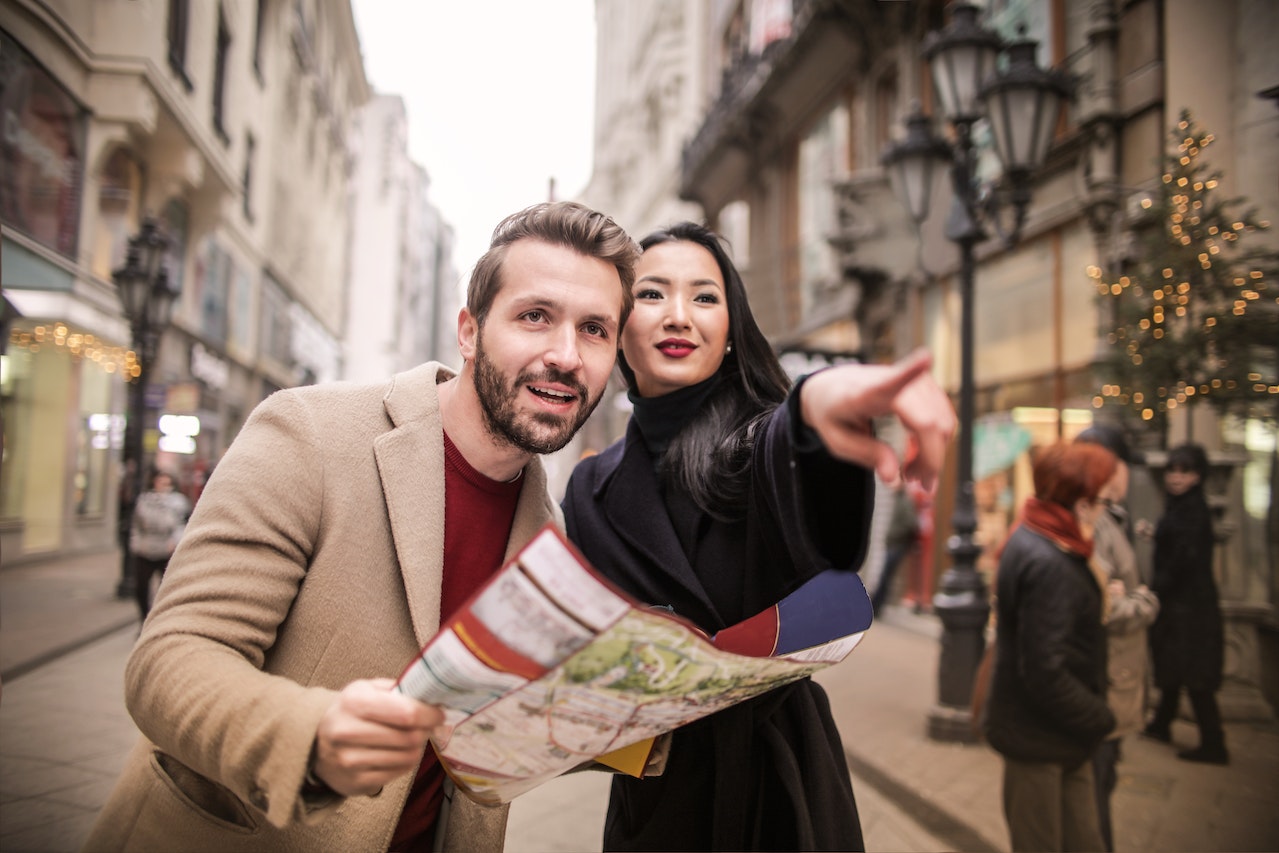Traveling the world can be an exciting and enriching experience, but it can also be challenging when you find yourself in a place where people don’t speak your language. Communication is an essential aspect of travel, as it allows us to connect with others, learn about different cultures, and navigate our surroundings. Luckily, there are numerous strategies for communicating with locals who don’t speak your language. This article will provide you with practical tips and tricks to help you bridge the language gap and make the most of your travels.
Embrace nonverbal communication
When words fail, nonverbal communication can be your saving grace. Gestures, facial expressions, and body language can convey a surprising amount of information, even when you don’t share a common language with the person you’re trying to communicate with. Some tips for nonverbal communication include:
- Use hand gestures and miming: Point to objects, use your hands to demonstrate size or shape, and act out actions to get your message across. Be aware that some gestures may have different meanings in different cultures, so research local customs beforehand.
- Utilize facial expressions: A smile is universally understood, and it can go a long way in establishing a connection. Other facial expressions like a frown, raised eyebrows, or a look of confusion can help convey your emotions and clarify your intentions.
- Maintain appropriate eye contact: While making eye contact can be seen as a sign of trust and openness in some cultures, it can be considered rude or aggressive in others. Adjust your level of eye contact according to the local customs to avoid misunderstandings.
Learn the basics of the local language
Before embarking on your trip, try to learn some basic phrases and words in the local language. Knowing how to say “hello,” “thank you,” “please,” “yes,” “no,” and “I don’t understand” can be incredibly helpful in a variety of situations. Additionally, learning numbers, days of the week, and common food items will make your daily life easier.
There are several resources available to help you learn a new language, including language apps, books, and online courses. Even if you only have a limited understanding of the language, locals will appreciate your effort to speak their language and may be more willing to help you.
Use translation apps and devices
Thanks to modern technology, communicating with people who don’t speak your language has become much easier. Translation apps and devices can be invaluable tools when traveling to a foreign country. Some popular options include:
- Google Translate: This app allows you to translate text, voice, and even images (like signs or menus) in real-time. It also offers a conversation mode, which enables two people to speak in their native languages and have the app translate the conversation for them.
- iTranslate: Another popular translation app, iTranslate offers text, voice, and image translations in over 100 languages. The app also has a phrasebook feature, allowing you to save frequently used phrases for quick access.
- Pocketalk: This portable translation device supports over 70 languages and provides real-time two-way translation. While it’s a bit more expensive than using an app on your smartphone, it can be a worthwhile investment for frequent travelers.
Carry a phrasebook or language guide
While technology can be a lifesaver, it’s essential to have a backup plan in case you find yourself without internet access or a charged device. A pocket-sized phrasebook or language guide can provide you with essential phrases and vocabulary, allowing you to communicate your needs and ask for assistance.
Enlist the help of a local guide or interpreter
If you’re planning to visit an area where the language barrier is particularly challenging, consider hiring a local guide or interpreter. Not only will they help you communicate with locals, but they can also provide valuable insights into the culture, history, and customs of the area. Additionally, hiring a local guide can benefit the local economy and contribute to sustainable tourism practices.
Practice active listening
When attempting to communicate with someone who doesn’t speak your language, it’s crucial to practice active listening. Pay close attention to the speaker’s tone, gestures, and facial expressions, as these can provide context and help you better understand their message. Nodding and using appropriate facial expressions can also show the speaker that you’re engaged and trying your best to comprehend their meaning.
Be patient and stay positive
Communicating across a language barrier can be frustrating for both parties, but it’s important to stay patient and maintain a positive attitude. Remember that misunderstandings are natural and that it may take some time to find common ground. Approaching the situation with a sense of humor and a willingness to learn can go a long way in creating a positive experience for both you and the locals.
Use pictures, maps, and other visual aids
Visual aids like pictures, maps, and drawings can help overcome language barriers by providing a clear and universally understood reference point. For example, you can use a map to show where you want to go or point to pictures of food items in a menu to order at a restaurant. Carrying a small notepad and pen can be useful for drawing images or writing down essential information, such as addresses or phone numbers.
Learn from your experiences
Every interaction with someone who doesn’t speak your language is an opportunity to learn and grow. Reflect on what worked well in each situation and what could have been done differently. Keep track of the words and phrases you found most helpful, and continue building your vocabulary as you travel. The more you practice, the more confident and proficient you will become in navigating language barriers.
Conclusion
Traveling to a foreign country where locals don’t speak your language can be a challenging yet rewarding experience. By embracing nonverbal communication, learning basic phrases, utilizing technology, and maintaining a positive attitude, you can successfully communicate with locals and make the most of your trip. Ultimately, the effort you put into bridging the language gap will lead to a deeper understanding and appreciation of the cultures you encounter and the people you meet along the way.



